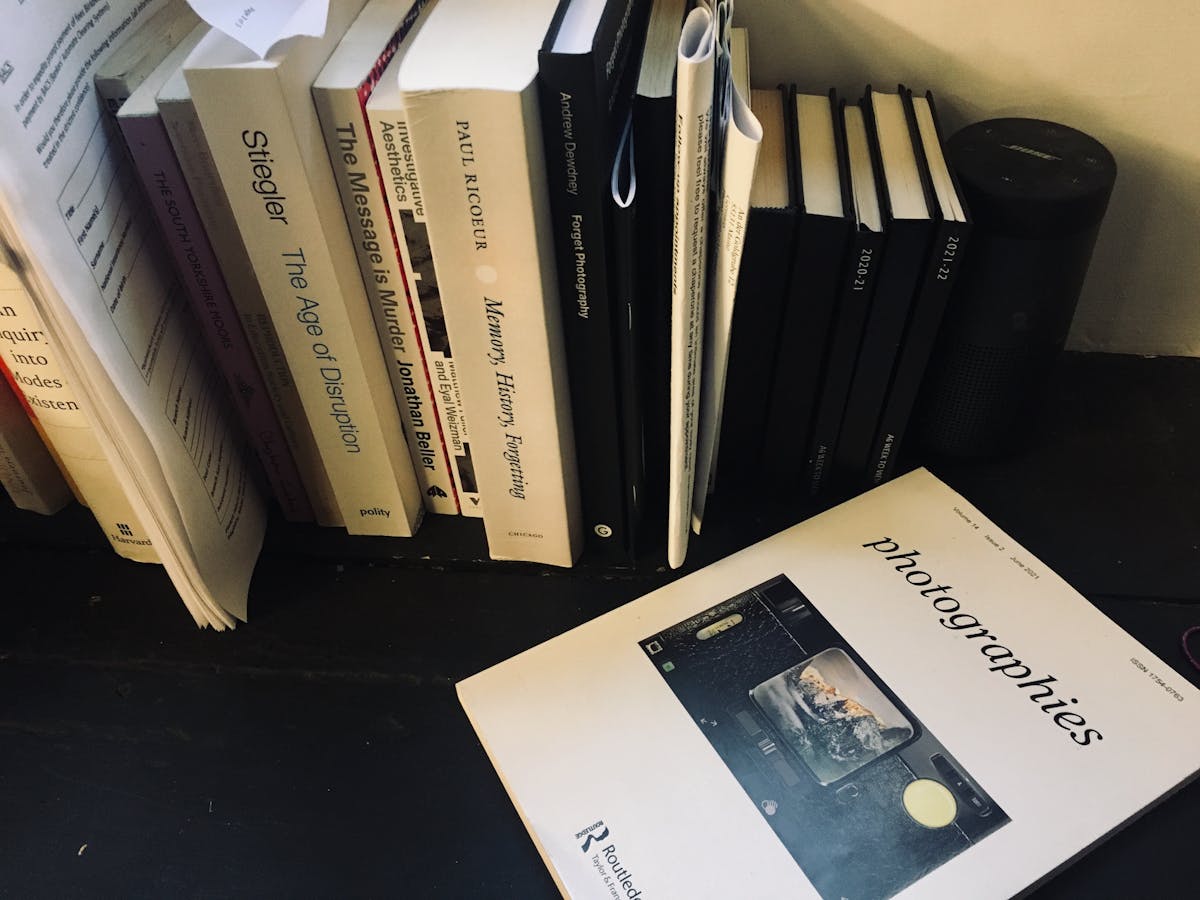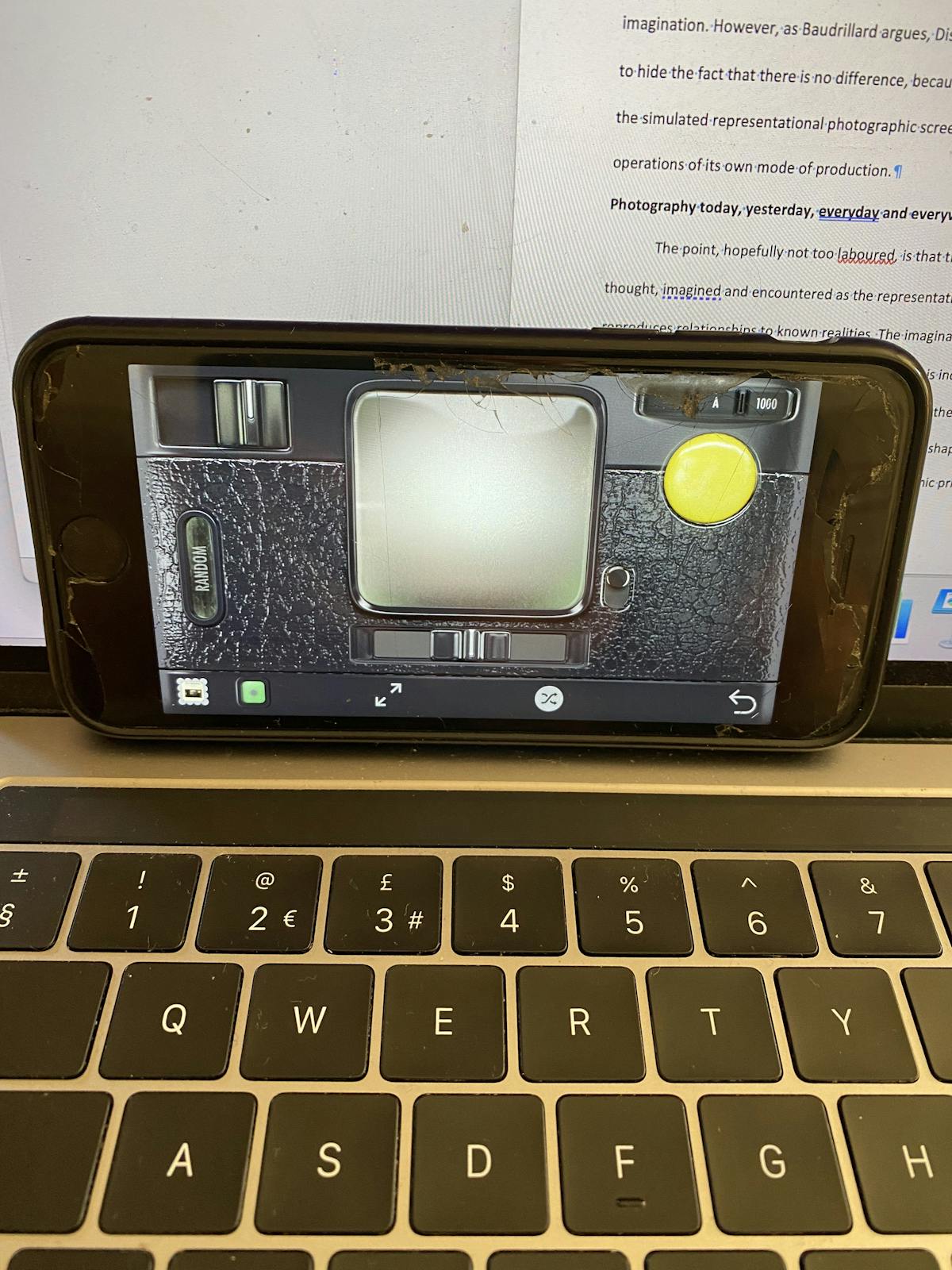The point, hopefully not too laboured, is that the representational image is still thought, imagined and encountered as the photographic image, which holds and reproduces relationships to known realities. The imaginary of the photographic image and its discourse cannot let go of this real, even though it is increasingly acknowledged amongst some photographic scholars that the representation of the real is produced by a new kind of image assemblage of humans and machines, which is shaping a new real. Photography remains enshrined in the analogue or digital photographic print, collected and catalogued in archives, exhibited in galleries and museums, kept in domestic albums and shoeboxes, carried in wallets. The photographic image continues to be reproduced in newspapers, magazines, on hoardings, posters, books, printed on clothing, ceramics and a host of other paraphernalia. Photography as an apparatus and activity is to be found in the procedures of police, medical and engineering records and in military and civic forms of surveillance, even though it is video, machine-vision algorithms and the operational image that are doing the advanced work of detection. Photography is taught in schools and colleges; it is part of media production industries and disseminated through the sale of photographic equipment. Photography is an occupation, a profession, a hobby and an everyday activity. Photography is the subject of technical books, histories, theories and picture books and is organised in competitions, biennales, exhibitions and displays. But for all these countless instances of the presence and applications of photography, the most familiar, overwhelming, immediate, present and contingent way in which ‘the photograph image’ is encountered is on screens. It is redundant to say – except inasmuch as it gives us a perspective on the history the photographic image – that a Google search algorithm will report that more than 50 billion images have been uploaded to Instagram alone and more than 250 billion to Facebook – 1.8 billion images every single day. Every two minutes, humans take more photos than ever existed in total 150 years ago. There are 2.5 quintillion bytes of data being created each day at the current rate. Ninety percent of the data in the world has been generated over the last two years alone. The image is everywhere, at any time and in any place, received as data signals on smartphones, tablets, laptops, desktops and the LCD screens that make up the architecture of cities.


